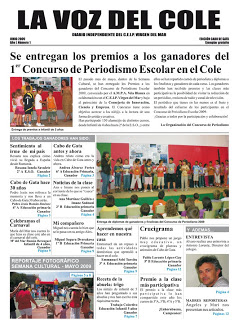 The New Journalism label is used in contrast to traditional journalism and was originally coined starting in the 1950s in the United States.
The New Journalism label is used in contrast to traditional journalism and was originally coined starting in the 1950s in the United States.
General approach
Until the emergence of New journalism, called non-fiction and dealing with the genre of the chronicle, the majority journalistic trend was based on an objective approach, so the events were told as they had happened. The new current meant the treatment of the news with a literary dimension in which the prose is not depersonalized but the chronicler is part of the story he is telling.
Main features
The chronicler reveals some facts because he has lived them from within and tells them from his personal point of view. His point of view is totally free and does not pretend to be an impartial observer who narrates events in a dispassionate way.
The journalistic chronicle addresses the universal themes of the human condition projected onto a concrete reality related to the historical present.
In general, the chroniclers who are part of this trend carry out an exhaustive journalistic investigation and the final story presents a literary tone similar to that of the traditional novel.
Background in Latin America
The Cuban José Martí in the 19th century is considered to be one of the precursors of the New journalism. In his activity for the Argentine newspaper La Nación he published various chronicles about the Charleston earthquake in 1886 in the United States with a new narrative style that combines the objectivity of journalism and literary sensitivity. During the same time, the Nicaraguan writer Rubén Darío was sent by the newspaper La Nación as a correspondent to Spain to tell of the upheaval in Spanish society after the loss of the last colonies in Latin America.
Exponents of the New Journalism in the United States
 American writers Tom Wolfe and Truman Capote in the 1960s are the fathers of this new trend. The first mixes reality and fiction in his reports and in them all kinds of characters in North American society are described as if they were part of a fictional story. The second rose to fame with his novel "In Cold Blood", a story based on the murder of a family in a rural Kansas town.
American writers Tom Wolfe and Truman Capote in the 1960s are the fathers of this new trend. The first mixes reality and fiction in his reports and in them all kinds of characters in North American society are described as if they were part of a fictional story. The second rose to fame with his novel "In Cold Blood", a story based on the murder of a family in a rural Kansas town.
To write this novel, Truman Capote interviewed the perpetrators of the crime in order to learn about their deepest mental mechanisms. The novel was labeled "Nonfiction novel" and is valued by critics as a model of New Journalism.
Photos: Fotolia - pongmoji / kolotype









